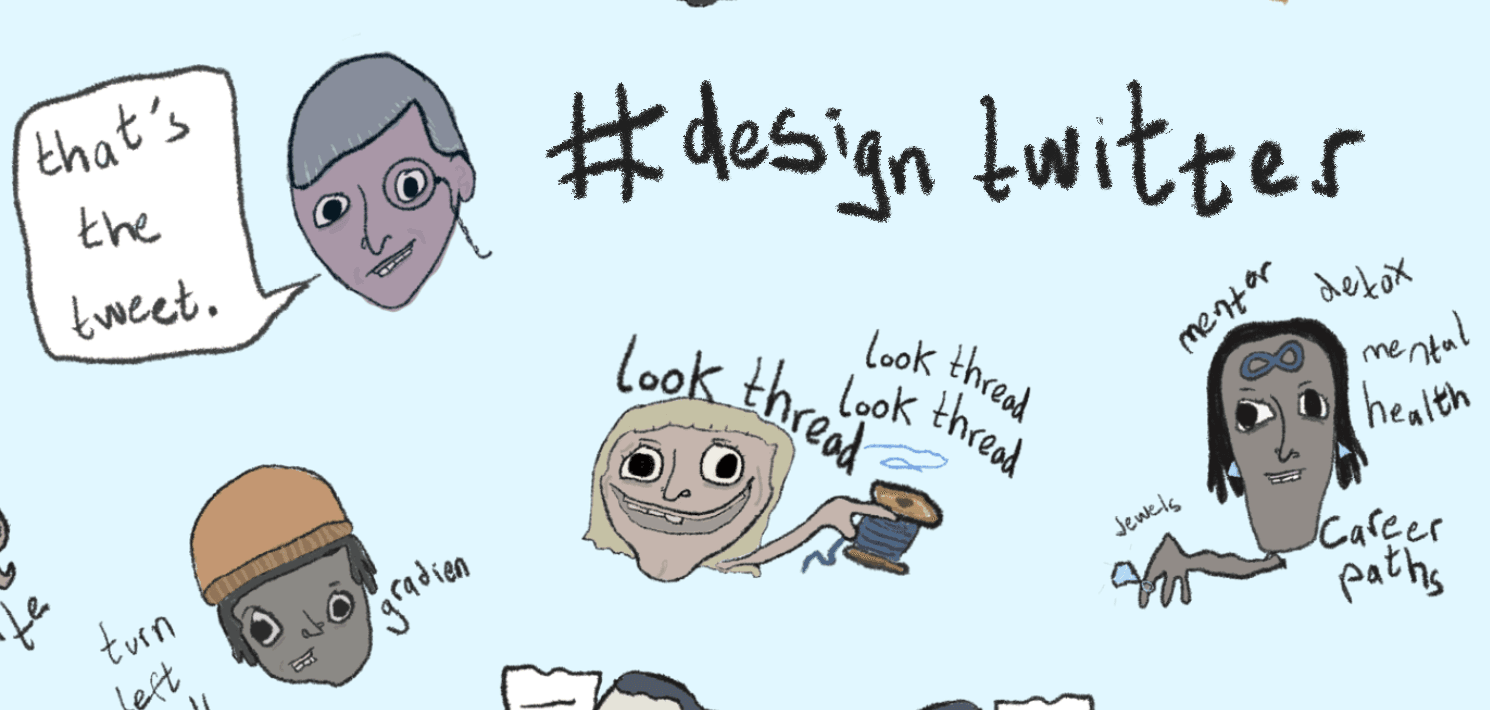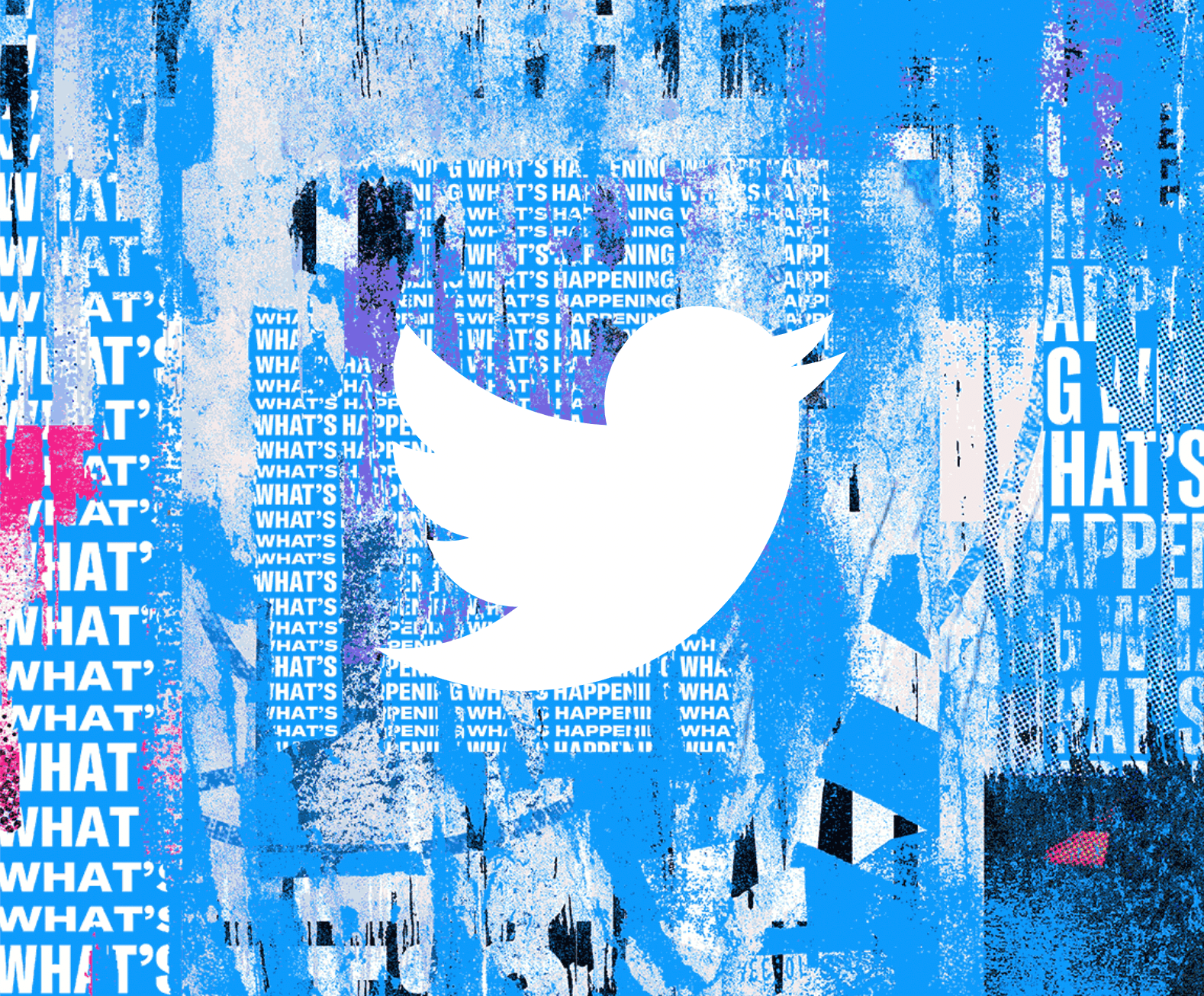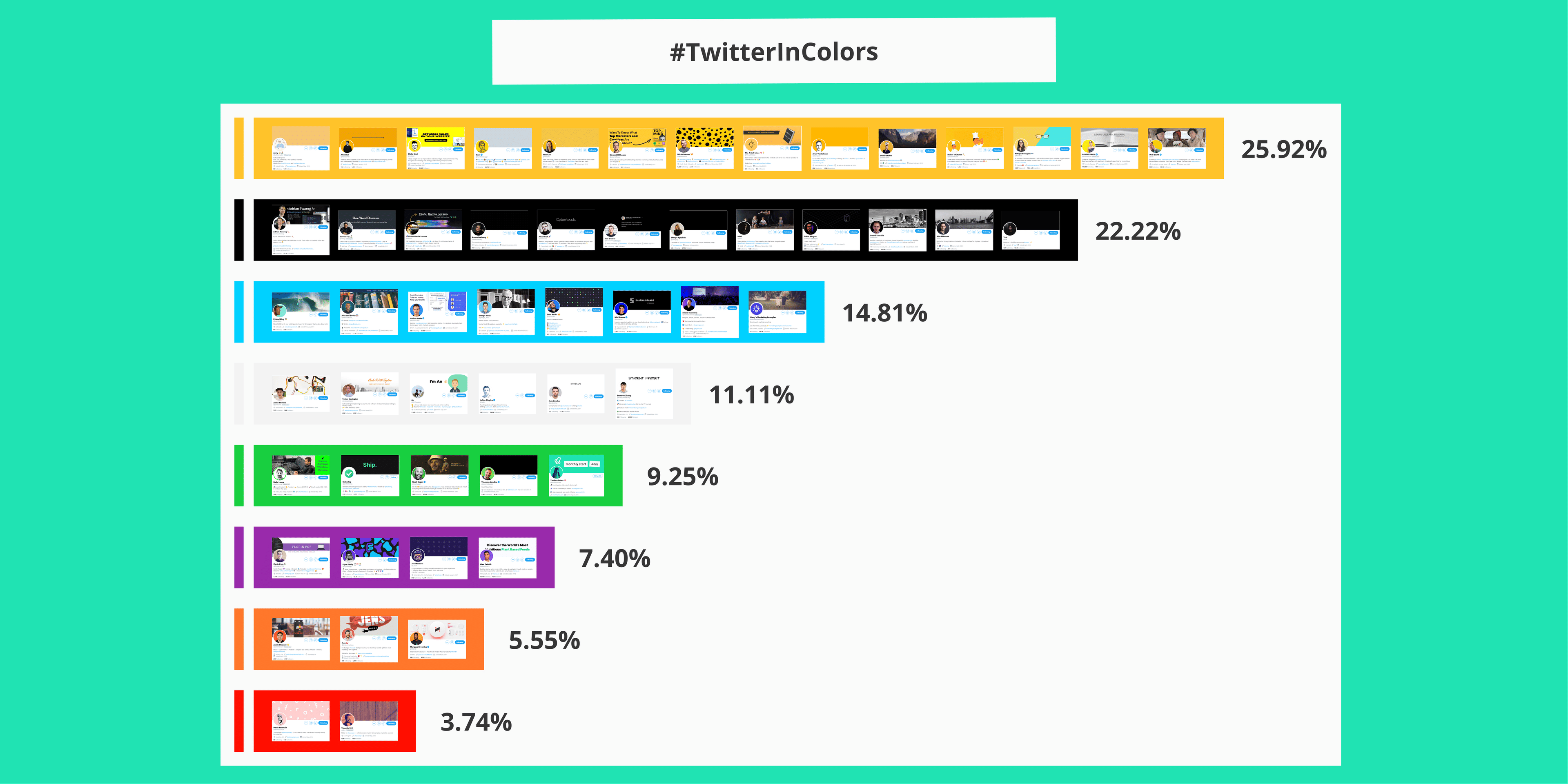Imagine posting an entire 2,500 word rant to American Airlines on Twitter... well now you can! The angriest place on the Internet is removing the 280 word limit with their new feature for writers, called 'Notes' (not Twitter Notes).
Joking aside, Notes is a new part of Twitter Write, which will enable writers to publish long-form articles that can include photos, GIFs, videos, and of course, Tweets. The cure for unwieldy Twitter Threads has already drawn comparisons to Tumblr, and some folk even see it as a long-awaited curtain call on Medium:
Twitter said “gn medium”
— Alex Kehr (@alexkehr) June 22, 2022
Let's have a quick look at what Notes actually looks like first, and then speculate on what it might mean for other publishing platforms on the web.
Beyond 280 Characters
Twitter highlight the following features for Notes:
Go beyond 280 characters
Embed photos and videos and GIFs and Tweets.
Published Notes are readable on and off Twitter.
A Notes tab on your profile that holds your published work.


Letter
The New Write Tab
There'll be a new "Write" link added to the growing navigation menu on the left:

When you hit Write, you get the new 'Notes' screen, which will hold all your published and draft Notes:

Click write, and you'll get the editor, which can be expanded into a full-screen writing view:

Like other publishing tools, you can attach images and other embeds from the menu bar:


Upon publishing, you can choose to tweet the Note, and then it also becomes accessible to everybody from a new 'Notes' tab on your profile:


Goodbye Medium?
So we've seen what Notes is, but why does it exist? Won't it destroy the simple 280 character concept that made the platform so great? Probably not, according to Twitter, who consider themselves the place where the conversation happens (or as Elon puts it, the Internet's town square). Writers come to Twitter to share their writing anyway:
People were writing long elsewhere, and then coming to Twitter to share their work and for the conversation surrounding all those words.
Twitter is where writers live. And as the platform for writers, it’s clear that Twitter is essential — from the proximity to an engaged audience, to the conversation around a writer’s work, to the community of readers (and, often, cheerleaders) that Twitter provides, to the critical role it plays in the livelihoods and careers of writers, on and off Twitter. (Source)
To be honest, they're not wrong! It's the network effect that makes it so powerful, and the reason people would publish longer form content there – it's all about sharing ideas to your network.
Medium and SubStack aren't Publishing Tools
And that's something that Medium had always understood - they had never considered themselves a publishing tool, but rather a network or platform for sharing thoughts. Like SubStack, the blog posts doubled up as newsletters that get distributed to wider audiences, and shared through social media networks.
The problem for Medium and SubStack though, is that Twitter is the largest network, and also own the newsletter platform Revue. Just like they 'absorbed' Clubhouse with Twitter Spaces, this looks exactly the same but for publishing - that is unless they get bored of it like with Snapchat clone, Fleets.
Either way, Twitter's Notes would be the perfect place to publish my #DesignTwitter article 👹.
✨ Introducing: Notes ✨
We’re testing a way to write longer on Twitter. pic.twitter.com/SnrS4Q6toX— Twitter Write (@TwitterWrite) June 22, 2022






